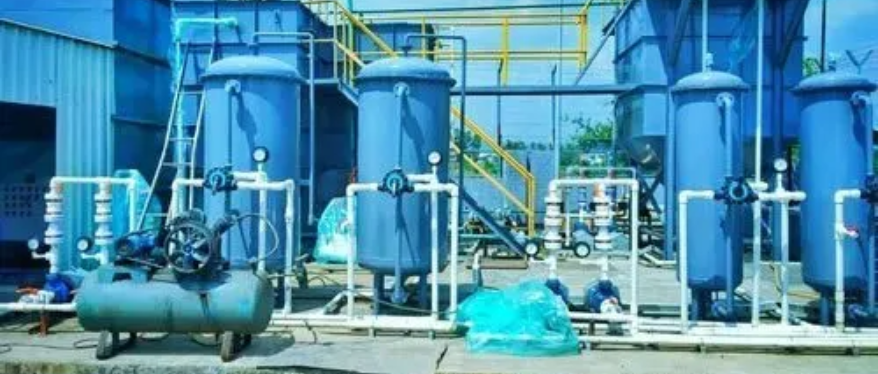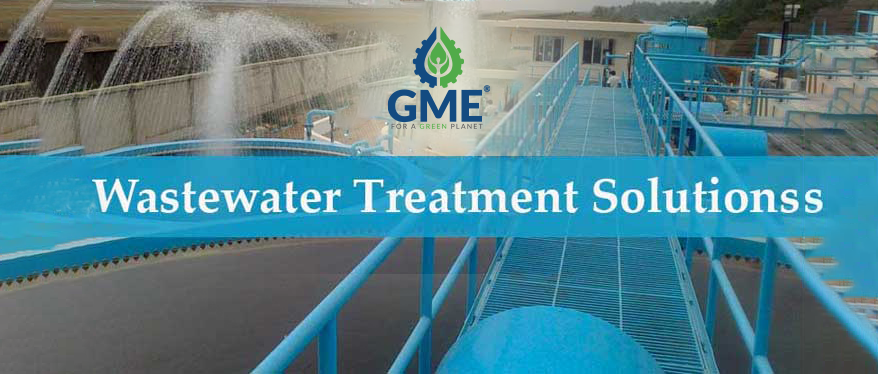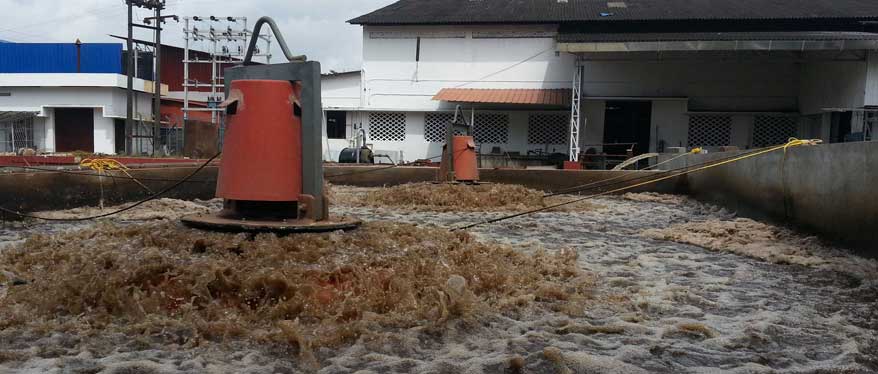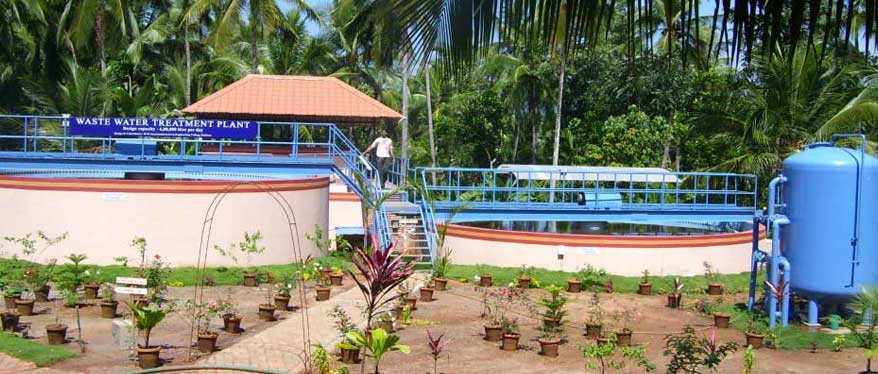Wastewater Treatment Plant for Hospitals: Keeping Environmental Sustainability at Top Priority
Wastewater treatment is one of the most crucial and sustainable processes for environmental conservation. Speaking of mankind and the living world, this treatment is imperative for health and wellness. Going by the nomenclature, this is the process of removal of hazardous elements and contaminants from water, making it pure and safe for reuse and human consumption. In broader terms, the treatment entails eradication of suspended solids, before the remaining water, termed as the effluent, is discharged back to the environment. Wastewater treatment is essential for residential and commercial spaces, including hotels, industries and hospitals.
Wastewater Treatment in Hospitals: Why it is essential?
A hospital space is known for the use of water for various clinical purposes, that discharge toxic elements, hazardous residues, pollutants and contaminants, deteriorating the quality of water. Hospital wastewater from various sources primarily consists of pharmaceuticals and their metabolites, radioactive isotopes, microbial pathogens, harmful viruses and bacteria, hazardous chemicals and drug residues. Treatment plants installed on the premises work to separate and discard suspended solids and organic materials so that water is fit for reuse.
Treatment of wastewater in healthcare centres is extremely essential to prevent untreated water from getting mixed in the environment. Such purification treatment prevents environmental contamination to a great extent.
Types of Wastewater Treatment Plants in Hospitals
In the spectrum of wastewater treatment plants and methodologies, STP, and ETP are the popular names found in hospitals.
Sewage Treatment Plant
Sewage Treatment Plants or STPs are mostly seen on hospital premises and are known for the most effective wastewater treatment and purification. Also known as a Grey Water Treatment System, this is an odour-free unit, that delivers the purest form of water. This is a turnkey solution meant for hospitals. This is a modular skid-mounted, and pre-fabricated system and usually plonked underground. Thus it does not consume much of the surface space of the premises.
The process of chlorination and filtration makes the treated water 100% pathogen-free. The water treated through this system is re-used for irrigation, construction, floor cleaning and flushing lavatories. Typically, there are quite a few steps, that are followed in the water treatment process before the water is free from contaminants and toxic elements. Here is a detailed account of the treatment process.
Preliminary or Pre-Treatment Stage
Going by the nomenclature, this is the very first stage and is very essential for all the STPs. In this initial stage, it removes, contaminants like rags, sticks and heavy inorganic solids and large debris. This removal process eventually protects the plant machinery from mechanical damage. Moreover, the inorganic residue, known as grit is removed through the grit chamber.
Primary Treatment Stage
This is also another initial stage where the separation of greases and solids from wastewater happens. Here, water flows through the primary filters, also known as clarifiers, enabling solid particles to settle down and lighter ones to stay suspended, till it is skimmed off the tank. The partly settled solid, known as the primary effluent or sludge comprises roughly about 60-70% of solids.
Secondary Treatment Stage
The secondary or the mid-way or the biological stage is the most crucial step of wastewater treatment in the hospital spaces. Through the STPs, dissolved inorganic substances and bacteria in the form of colloidal and soluble forms, are removed from the contaminated water. Here the water flows into the aeration tank where air is supplied through an air blower to supply oxygen for the microbes. It is crucial because almost 90% of the inorganic solids are removed in this stage.
This is followed by the process, where water flows through secondary clarifiers or filters and the settled solid is known as secondary sludge. A part of it is recycled for the activated sludge process and the remaining is blended with primary sludge and sent to the sludge digestion tank before it is finally disposed-off.
Tertiary Treatment Stage
As the name suggests, this is the final stage, also known as the advanced treatment stage. The removal of remaining suspended solids and organic residues happens at this step. The pathogenic microorganisms which were not removed during the biological or secondary stage are finally separated here by the process of disinfection. This process is done with the help of disinfectant agents like chlorine, UV light, or ozone treatment, depending on the clarity and pH level of the wastewater.
After this stage, the disinfected wastewater is free from all kinds of contaminants and is ready to be reused.
Wastewater Treatment Project that is Breaking the Internet
Green Method Engineering- being one of the leading wastewater management company in Cochin, master in modern water treatment plants in various residential and commercial spaces. Our recent achievement that has stirred the internet is the launch of a top-notch wastewater management plant in Thrissur General Hospital. Inaugurated by the honourable minister for local self-government, Mr M.B. Rajesh, this treatment plant is set up by Thrissur Corporation to endorse the Nava Kerala model of the state government.
The project has been executed with ₹5 crore under the AMRUT project. With this effective way of wastewater management, Thrissur Corporation aims to become the first zero-waste corporation in Kerala. This robust STP can treat about 360,000 litres of waste water in a day and reuse it for agriculture, gardening and flushing lavatories.
Effluent Treatment Plants or ETP
Effluent Treatment Plants or ETPs are used to remove toxic chemicals and inorganic elements from water so that they can be reused. This also helps in protecting the environment and water bodies from getting polluted. ETPs are seen in hospitals as they effectively remove liquid chemical waste, generated in healthcare set-ups. It works in compliance with the Biomedical Waste Management Rules which states to segregate waste at source and its pre-treatment or neutralisation before mixing with other effluent generated from hospitals.
Conclusion
For any kind of STP or ETP setup, Green Method Engineering or GME is the ultimate choice. Offering turnkey solutions in STP, ETP, Membrane Technology, MBBR, and Thermal Evaporation, GME has been serving Kerala for more than 2 decades. We also masters in design consultancy, and operation and maintenance of wastewater treatment plants.
With more than 200 clients on board and experience in 20 plus sectors, this leading and award-winning wastewater management company is approved and endorsed by Kerala State Suchitwa Mission. With 100 plus prestigious state awards, GME continues to provide the best and most innovative solutions for wastewater management.

More Blogs
-

Sustainable Water Solutions through Wastewater Treatment and Recycling
India is home to about 16% of the world’s population while supporting only 4% of its water res..
-

Dhanam Business Magazine
Green Method Engineering (GME) has been offering complete range of water and wastewater solution uti..
-

Wastewater Treatment Solutions widely used in India
When dealing with domestic waste or industrial waste, a single treatment solution of cannot almost c..
-

GME takes an initiative to introduce a new certification course for Wastewater Treatment Plant Operator
One of the renowned Wastewater management Company in Kochi, Kerala – Green Method En..
-

Water Pollution and Preventive measures to be taken
Water pollution is the major environmental issues seen nowadays. Water is contaminated with harmful ..
-

What to Look for in a Waste Water Treatment Company
If you are concerned about the quality of the water, you should be much relieved by now since techno..